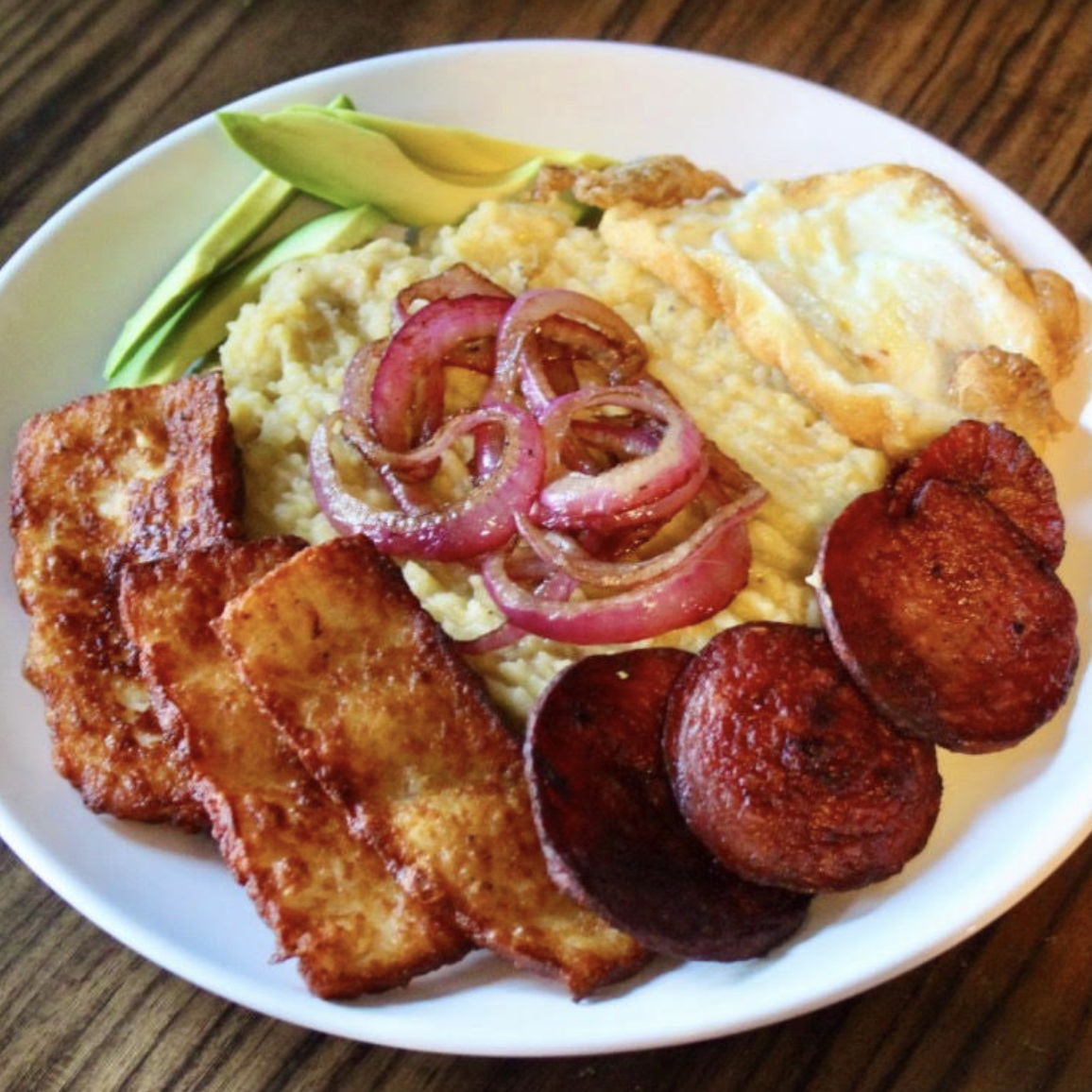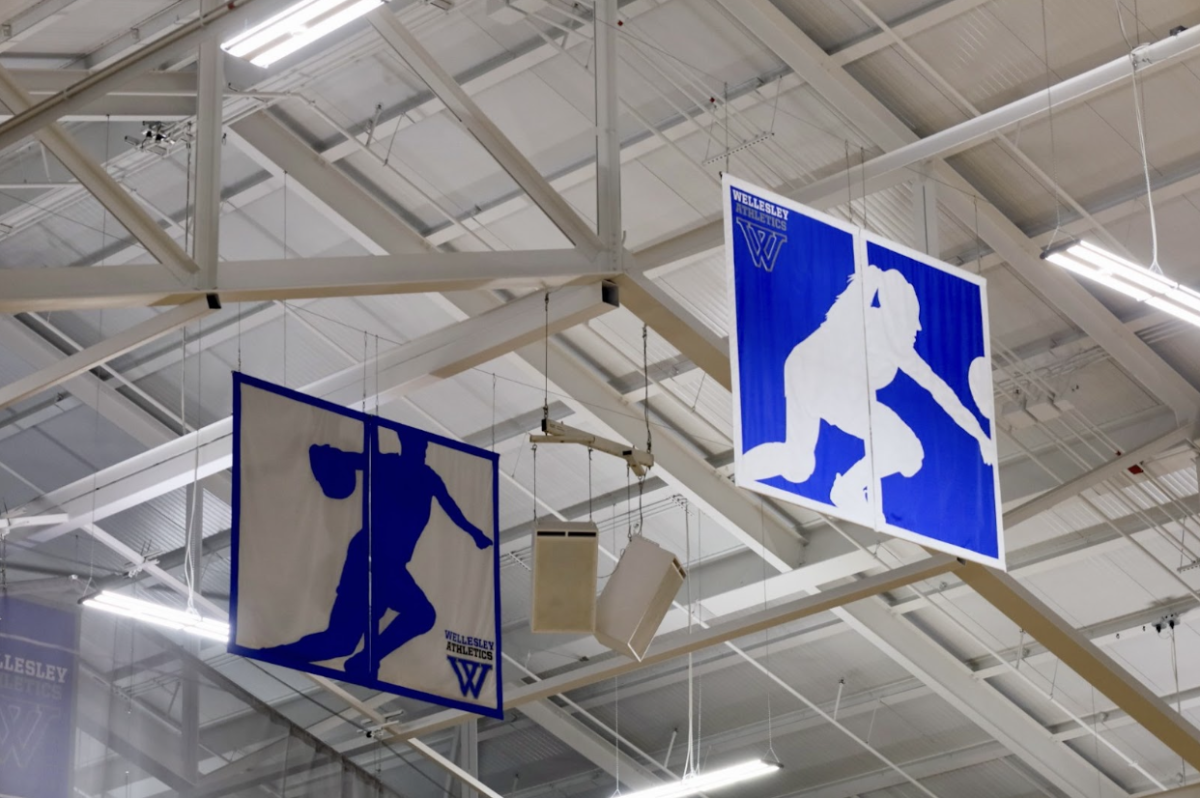CW: This article discusses food restricting.
One cup of cut-up romaine lettuce, two diced tomatoes, one palm-sized chicken breast. This is what a typical lunch looked like for 10 year old me, 14 year old me and 17 year old me. Those were the three periods of my life where I was heavily dieting and constantly restricting myself from indulging in foods that had the most minuscule amount of glucose, fat or that exceeded my 1,200 calorie limit for the day. By filling myself up with lettuce, fruits and vegetables, I saw the results of my effort and sacrifice. Although I was a few pounds lighter than before, I was also getting rid of another big part of myself: my culture.
Cultural foods are staples in different ethnic groups that represent traditions, beliefs and customs. Dishes like the Dominican mangú or the Cuban ropa vieja adorn the dinner table almost on a daily basis, helping to nourish and bring together families. Mangú is a combination of mashed green plantains, onions, eggs, salami and cheese. The seven micronutrients, which one is advised to consume on a daily basis are carbohydrates, proteins, fats, vitamins, minerals, fiber and water. Why is it that although one serving of mangú meets all the dietary guidelines, I have never seen mangú or any other equally rich and delicious meal be on one of the diets given to me by professionals?
There is one quick answer to this question: diet culture was formed through a Eurocentric lens that constantly pushes non-white cultures to the side. When one Googles “healthy eating,” millions of pictures showing fruits and vegetables pop up — but not one traditional dish in sight. Because of this lack of representation of cultural foods, many assume that eating dumplings or pad thai is unhealthy when compared to one big bowl of kale and chicken.
Don’t get me wrong, kale is delicious, but many of the foods that we see on the internet or pamphlets at the nutritionist’s office contain the same amount of nutrients as some of the more “unhealthy” alternatives. For example, quinoa is a good source of protein and fiber, but so is rice and beans. Social media influencers, specifically the ones on popular sites like Instagram and TikTok, have mistakenly and horrendously spread the idea that if you are not eating an acai bowl for breakfast, lettuce for lunch and quinoa for dinner, you cannot be healthy. Don’t even get me started on the tedious and overwhelming workout routines that have promised to make me into a “skinny legend” in mere days.
Dieting and following a strict meal plan is impossible for many people because they simply cannot afford it or do not have the time necessary to dedicate themselves fully. Personally, I do not have the time or the money to go to Whole Foods or Trader Joe’s or other franchises that are considered superior to others simply because they have been romanticized by wealthy young people. On a larger scale, kale or any other ingredients found in a typical salad might not be available in certain regions of the world or even parts of this country. It is without a doubt that low-income communities, which are often populated by people of color, have limited access to grocery stores that supply them with fresh fruits and vegetables. How are these communities supposed to lead a “healthy lifestyle?” While it is true that obesity and other health issues are more prevalent in these disadvantaged communities, many of them are still able to get the nutrients they need from the cultural foods that they consume.
Growing up in a middle-class Dominican neighborhood in New York City did not prepare me for the cultural shock of attending a predominantly white institution for the past four years. My first lunch at my high school was one filled with confusion and distress. Why didn’t the rice have any salt? Why was this chicken bland? Why were the girls only eating salads without any dressing and a quarter cup of tasteless soup on the side? You can say that 14 year old me was very, very confused by what I was seeing. Although I had experience with dieting and portion control, I was appalled by the negligence to introduce my peers to foods that were tasty and nourishing. This is not to say that salads are not nutritious but let’s be honest, they can be quite repetitive and not as fulfilling after a while. Needless to say, I barely ate during school hours because of the food options, or lack thereof.
At the end of the day, we all have different palettes and tastes, but this does not mean that my cultural foods should be ridiculed or deemed unhealthy simply because they have flavor and color. Today, I am learning to love my culture even more than before. My journey with food has not been an easy one but at least I am no longer trying to get rid of a part of who I am.




